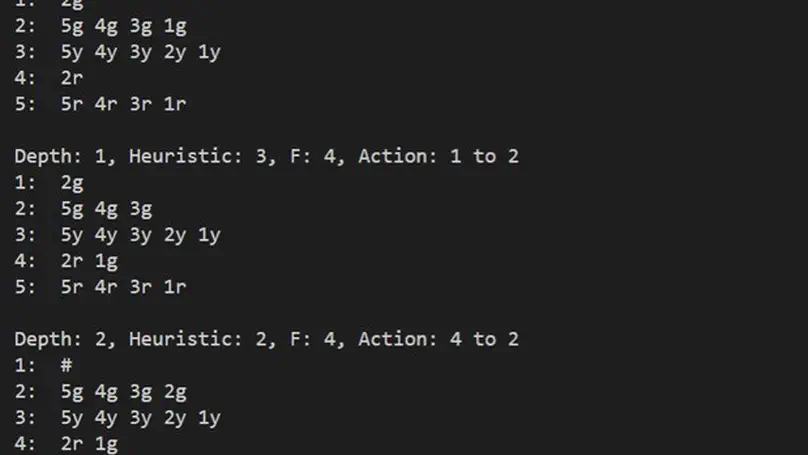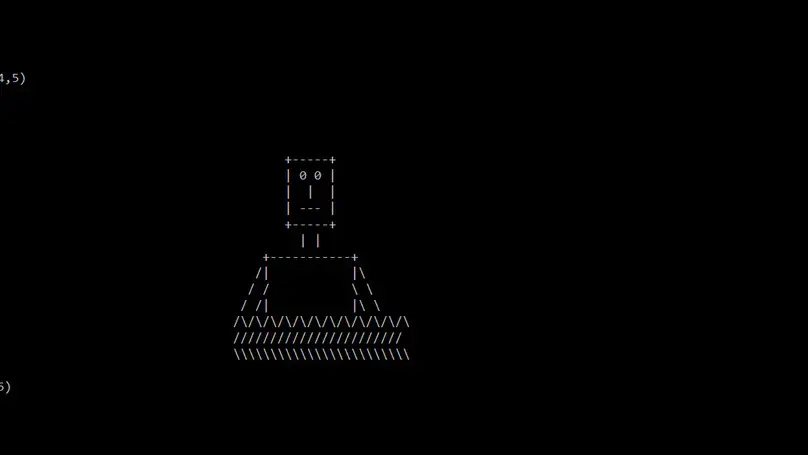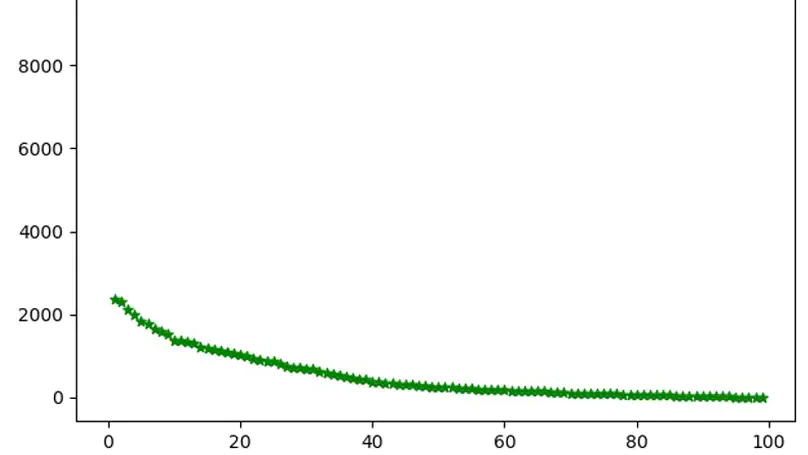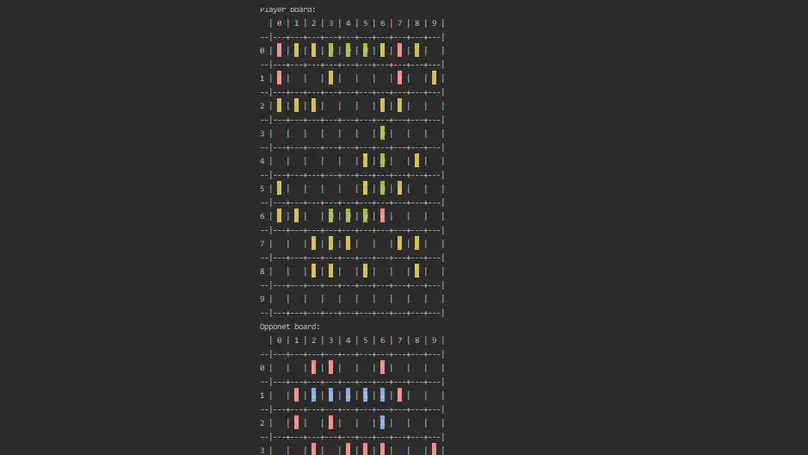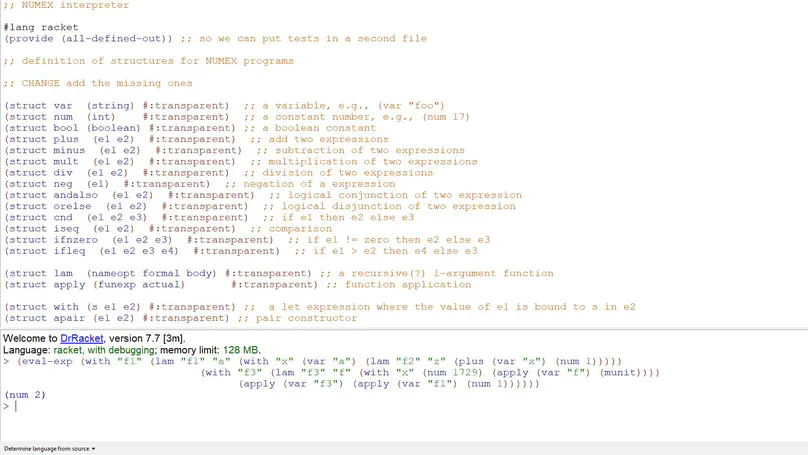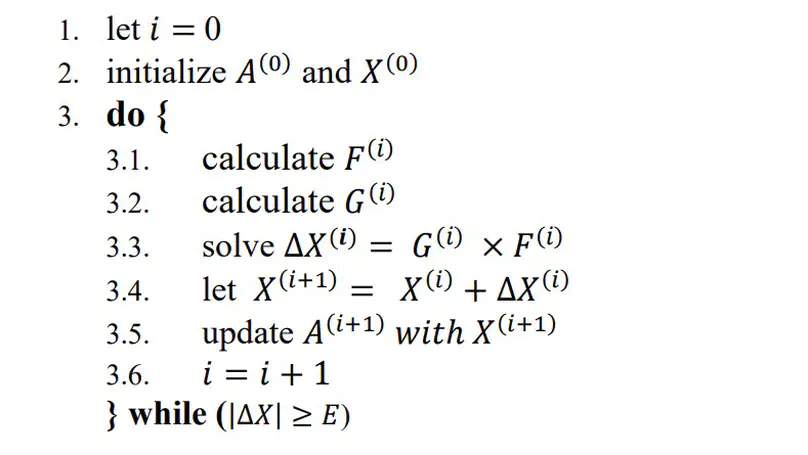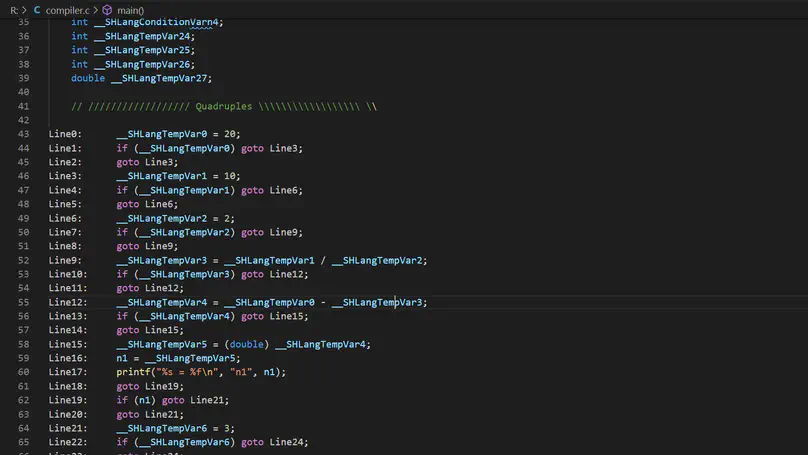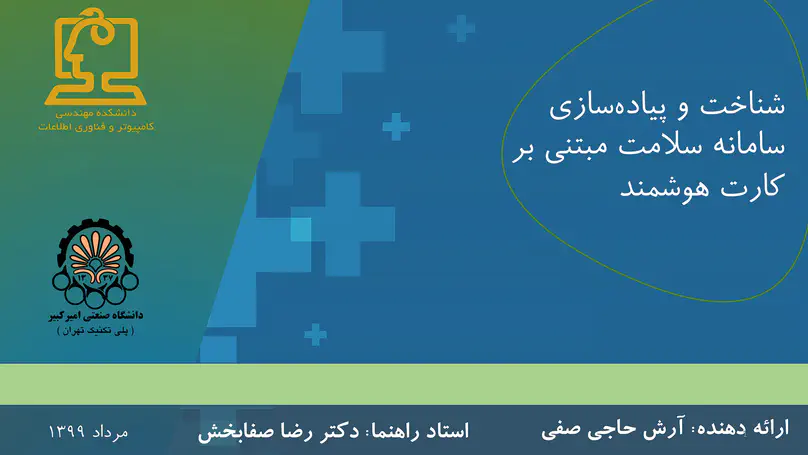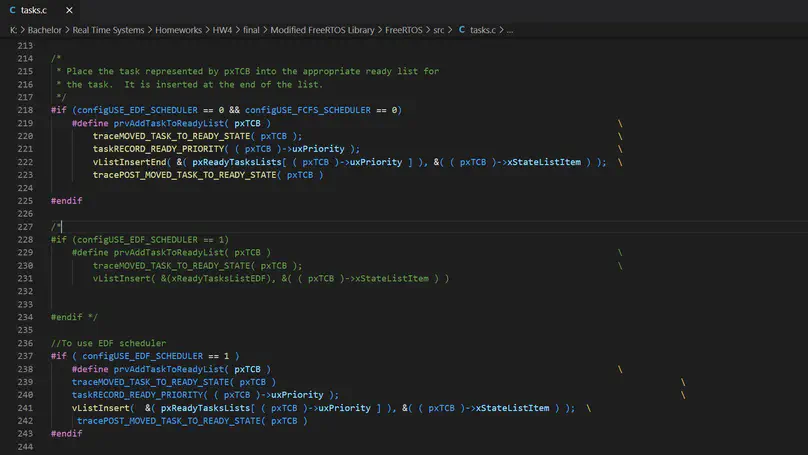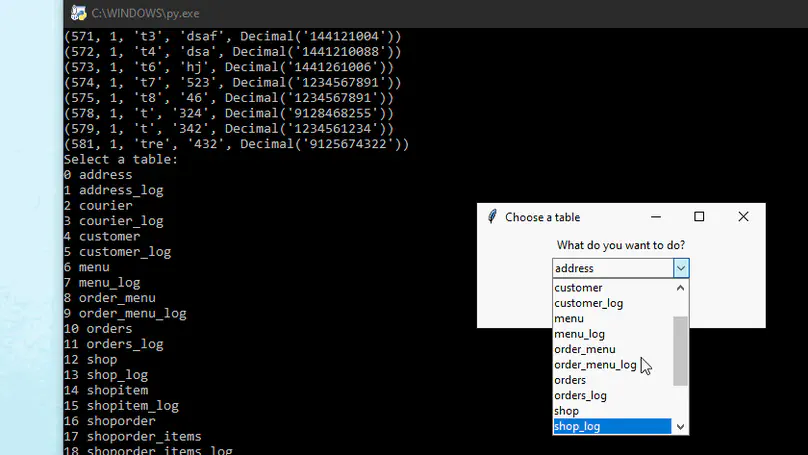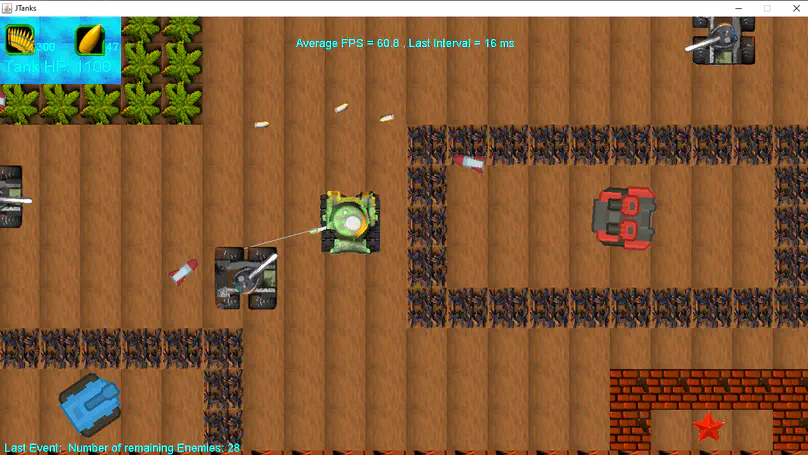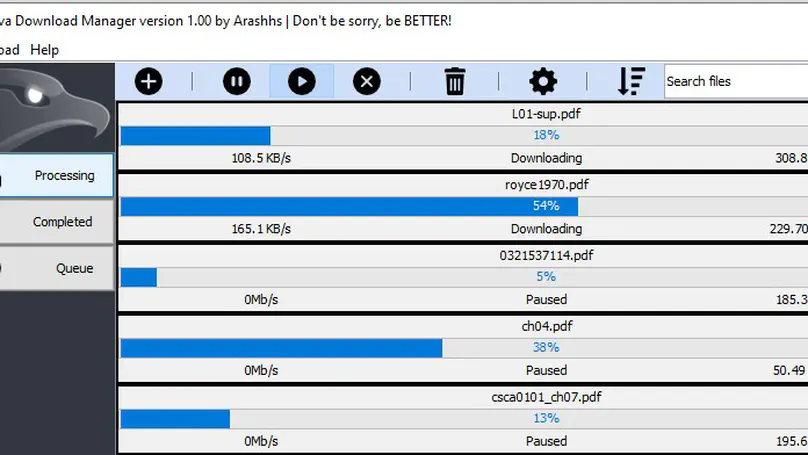Biography
Hi! My name is Arash. I am currently working as a PhD Research Assistant at InfoLab, Computer Science Department at the University of Southern California under the supervision of Prof. Cyrus Shahabi.
My research interests include Graph Neural Networks and Spatio-Temporal Data Management and Forecasting.
Please check out my CV if you want to find more information about me and my research!
- Graph Neural Networks
- Spatio-Temporal Forecasting
- Spatio-Temporal Data Management and Engineering
-
PhD in Computer Science, 2022 - Current
University of Southern California
-
MSc in Computer Science, 2022 - 2024
University of Southern California
-
BSc in Computer Engineering, 2017 - 2021
Amirkabir University of Technology, CGPA 19.28 / 20
Experience
Project Highlights
Wearables for Health (W4H) Toolkit
-
Led the development of the W4H Integrated Toolkit, an open-source toolkit centralizing both real-time and offline wearable data from various sources (e.g., Garmin, Apple Watch, Fitbit).
-
Designed a scalable system architecture separating data engineering, analysis, and visualization.
-
The toolkit comprises the following open-sourced tools:
-
StreamSim: Real-time data streaming simulator using Python and Flask.
-
W4H ImportHub: Integrates stored datasets with Python, SQLAlchemy, and Streamlit.
-
pyGarminAPI: Python library for interacting with the Garmin API.
-
Integrated Analytics Dashboard: Core component for data extraction and analysis using Streamlit, pandas, Flask, Spark, and Kafka.
-
-
Released the toolkit in two modes: a Docker image for local setup and a centralized version on USC clusters.
Accurate EEG Seizure Detection and Classification
I developed a GNN-based deep learning model to analyze brain correlations across spatial, semantic, and temporal dimensions using EEG signals.
- Designed and implemented a GNN-based model using PyTorch and PyTorch Geometric to dynamically model brain correlations using EEG signals.
- Utilized pretrained LLMS to enhance model performance, unveiling dynamic brain dependencies.
Learning Dynamic Graphs for Accurate Point-of-Interest Visit Forecasting
Addressing the complex task of predicting visits to Points of Interest (POIs), I formulated the problem as a multivariate time-series forecasting challenge.
- Transformed the problem of predicting POI visits in the U.S. into a time-series forecasting task, leveraging multi-context correlations.
- Introduced BysGNN, a temporal graph neural network implemented using PyTorch.
- Utilized pretrained LLMS to optimize the model, achieving significant improvement in forecasting accuracy.
Mentoring and Training
Trained and guided two undergraduate students on an academic project during the Summer of 2022, enhancing their research capabilities and ensuring project success.
Responsibilities include:
- Engineered automated business processes using Python, Flask, and Selenium, enhancing efficiency.
- Conducted unit and integration testing using pytest and unittest libraries in Python.
- Developed interactive web dashboards using HTML, CSS, and JavaScript for enhanced user experience.
Featured Research
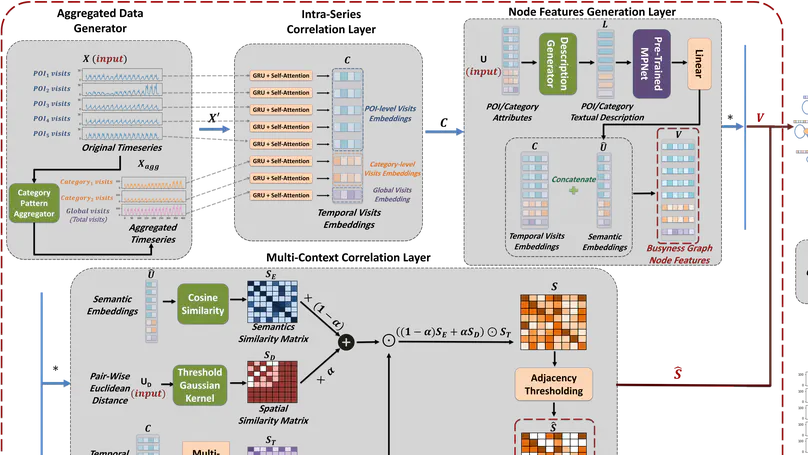
The study presents the Busyness Graph Neural Network (BysGNN), designed to forecast visits to urban Points-of-Interest (POIs). BysGNN uncovers multi-context correlations among POIs across temporal, spatial, and semantic dimensions, resulting in a comprehensive dynamic graph. This approach significantly improves forecasting accuracy over traditional methods, offering a deeper understanding of urban dynamics.

